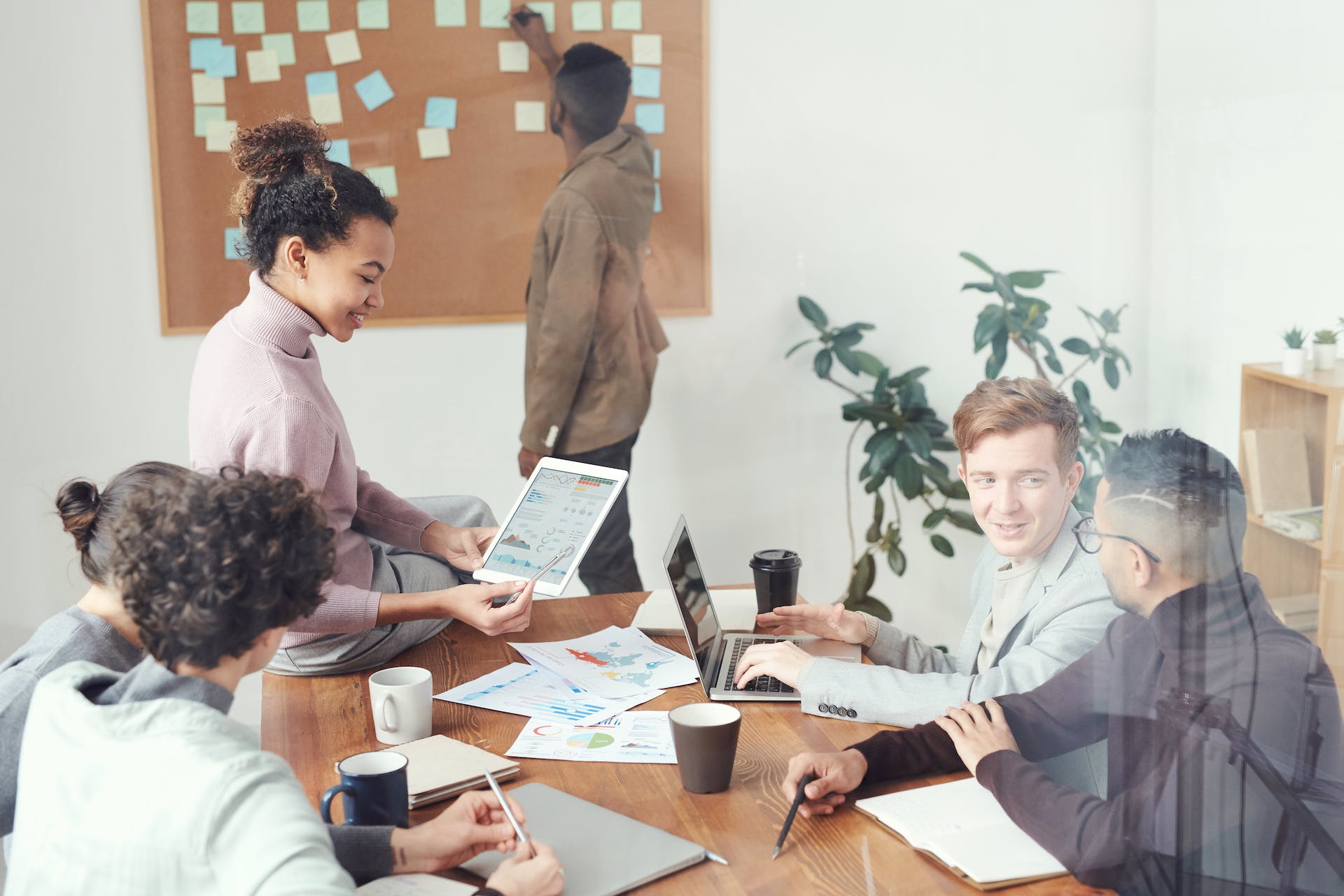In the ever-evolving landscape of business, companies are constantly seeking ways to attract, retain, and motivate top talent while driving long-term performance and sustainable growth. While traditional compensation packages and annual bonuses have their place, forward-thinking organizations are increasingly turning to long-term incentive plans (LTIPs) to align the interests of employees with the strategic objectives of the company. In this blog, we delve into the significance of LTIPs and how they contribute to organizational success.
Understanding Long-Term Incentive Plans
Long-term incentive plans are compensation programs designed to reward employees for achieving sustained performance and delivering value over an extended period, typically spanning multiple years. Unlike annual incentive plans, which focus on short-term goals, LTIPs are geared towards fostering loyalty, driving strategic decision-making, and incentivizing long-term value creation.
Components of Long-Term Incentive Plans
LTIPs often include a variety of components tailored to the organization’s goals, industry dynamics, and employee preferences. Common components of LTIPs include:
- Stock Options: Employees are granted the option to purchase company stock at a predetermined price within a specified timeframe. Stock options align employee interests with shareholder value and provide an opportunity for financial gain as the company grows.
- Restricted Stock Units (RSUs): Employees are awarded shares of company stock that vest over time, typically subject to performance or tenure-based criteria. RSUs incentivize employees to remain with the company and contribute to its long-term success.
- Performance Shares: Employees receive shares of company stock based on the achievement of predetermined performance goals, such as financial targets, operational metrics, or strategic initiatives. Performance shares tie rewards directly to company performance and align employee efforts with strategic priorities.
- Cash Bonuses Tied to Performance: In addition to equity-based incentives, LTIPs may include cash bonuses linked to long-term performance metrics, such as total shareholder return (TSR), earnings per share (EPS) growth, or revenue targets. Cash bonuses provide immediate recognition for long-term contributions.
The Benefits of Long-Term Incentive Plans
LTIPs offer a host of benefits for both employees and organizations alike, including:
- Retention and Loyalty: LTIPs incentivize employees to stay with the company for the long haul, reducing turnover and fostering a sense of loyalty and commitment.
- Alignment with Strategic Objectives: By tying incentives to long-term performance metrics and strategic goals, LTIPs ensure that employee efforts are aligned with the organization’s overarching objectives.
- Ownership Mentality: Equity-based LTIPs, such as stock options and RSUs, instill a sense of ownership and accountability among employees, driving engagement and motivation.
- Attraction of Top Talent: Competitive LTIPs serve as powerful recruitment tools, attracting top talent seeking opportunities for long-term growth and financial reward.
- Shareholder Value Creation: LTIPs align employee interests with shareholder value creation, driving sustained growth and maximizing returns for investors.
Designing Effective Long-Term Incentive Plans
Designing effective LTIPs requires careful consideration of various factors, including company objectives, industry benchmarks, regulatory requirements, and employee preferences. Key principles to consider when designing LTIPs include:
- Clarity and Transparency: Clearly communicate the objectives, terms, and performance metrics of the LTIP to ensure alignment and understanding among employees.
- Flexibility and Adaptability: LTIPs should be flexible enough to adapt to changing business conditions and market dynamics while remaining consistent with the organization’s long-term strategy.
- Balanced Risk-Reward Profile: Strike a balance between risk and reward to ensure that LTIPs motivate employees to pursue growth opportunities while mitigating excessive risk-taking.
- Regular Evaluation and Review: Continuously monitor and evaluate the effectiveness of LTIPs to ensure they remain aligned with organizational goals and objectives.
Conclusion
Long-term incentive plans play a vital role in driving employee engagement, retention, and performance while aligning the interests of employees with the long-term success of the organization. By implementing well-designed LTIPs that emphasize accountability, transparency, and strategic alignment, businesses can foster a culture of ownership, drive sustained value creation, and position themselves for long-term success in an increasingly competitive landscape.





























